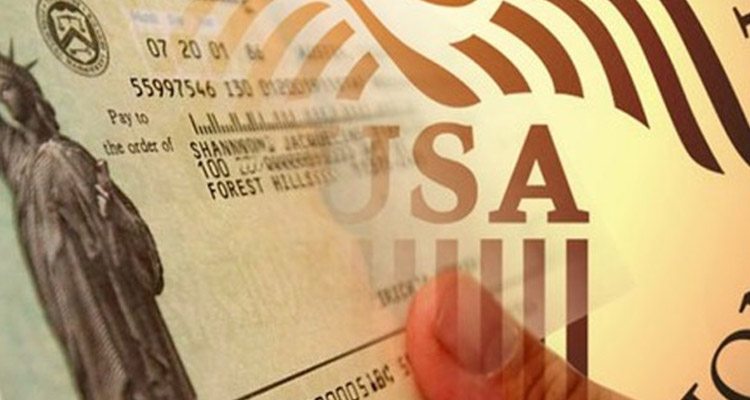What are required minimum distributions?

What are required minimum distributions?
Required Minimum Distributions, commonly referred to as RMDs, are compulsory withdrawals you need to make from your qualified retirement account once you reach the age of 70.5. Qualified retirement accounts belong to one of the following retirement plans:
- 401k Retirement Plan (401k)
- 457b Plan (457b)
- Thrift Savings Plan (TSP)
- 403b Retirement Plan (403b)
- SIMPLE IRA Plan (SIMPLE)
The upshot of an RMD is that while the IRS will allow you tax benefits on investments in qualified retirement plans, you can’t keep those savings in those Tax-advantaged accounts indefinitely. At some point in time, the IRS will want its piece of the pie.
Thus, you will be required to start distributing (withdrawing and paying taxes) from your qualified retirement account from April 1 following your 70.5th birthday. After you reach that milestone, required minimum distribution amounts must then be distributed every year.
What is the minimum distribution amount that I need to withdraw?
The Required Minimum Distributions amount is calculated by dividing the year-end fair market value of the retirement account by life expectancy as decided by the IRS.
Here is an example of how your Required Minimum Distribution amount would be calculated:
- First have 3 pieces of information at hand:
- You date of birth
- The balance in your qualified retirement account as of December 31 of the last year
- The IRS Distribution Table for Life Expectancy (this table calculates your life expectancy based on your current age. It will allocate a number that corresponds to the number of years the IRS calculates you will live)
- Here is the formula:
- IRA Balance as of Dec 31 last year/Distribution Period = RMD
So basically, if your account balance was $250,000 on Dec 31 2017, and you’re 70 years old, and your birthday is on February 4, then the calculation is as follows:
250,000/27.4 = $9,214
That is the minimum amount you will need to withdraw from your RMD on your 70.5th birthday so that you don’t incur a tax penalty from the IRS. If you delay the withdrawal, you will be charged a penalty that could be as much as 50% of the RMD.
The required minimum distributions amount which you have to withdraw every year so that it can be taxed. However, there is no constraint on how much more you wish to withdraw. So, if you want to withdraw 100% of the funds in your qualified retirement account, you are legally entitled to do so.
If this is just too much math for you, then here are the top three RMD calculators you can use depending on your situation:
- Vanguard RMD Calculator: this is a great calculator to use if you’re simply planning your retirement and haven’t yet reached the required age of 70.5.
- FINRA RMD Calculator: If you’re already 70.5, then this is the perfect calculation tool for you. Ensure that you make your distributions on time so that you don’t incur penalties from the IRS.
- Bankrate IRA Beneficiary RMD Calculator: If you have inherited the IRA, then this is the calculator you should use to figure out the required minimum distribution.
Inherited IRAs
If you have inherited a qualified IRA, then you must take annual distributions no matter what you age is. Failure to do so will result in the IRS placing a 50% fine on your RMD.
Planning for Retirement
Before you just decide to wait till you’re 70.5 before withdrawing funds from your IRA(s), think about a few things:
- If you start withdrawals before you turn 70.5, will you save on taxes than if you wait till the full RMD amount is due? Do some calculations. See where you can save money on taxes.
- Would it be a better idea to start withdrawing from your IRA account and wait for your Social Security benefits to maximize at 70 before claiming them? Do the math again – where do you stand to gain the most.
Your RMDs will be taxed just like a regular income at the tax rate that is applicable to you.











